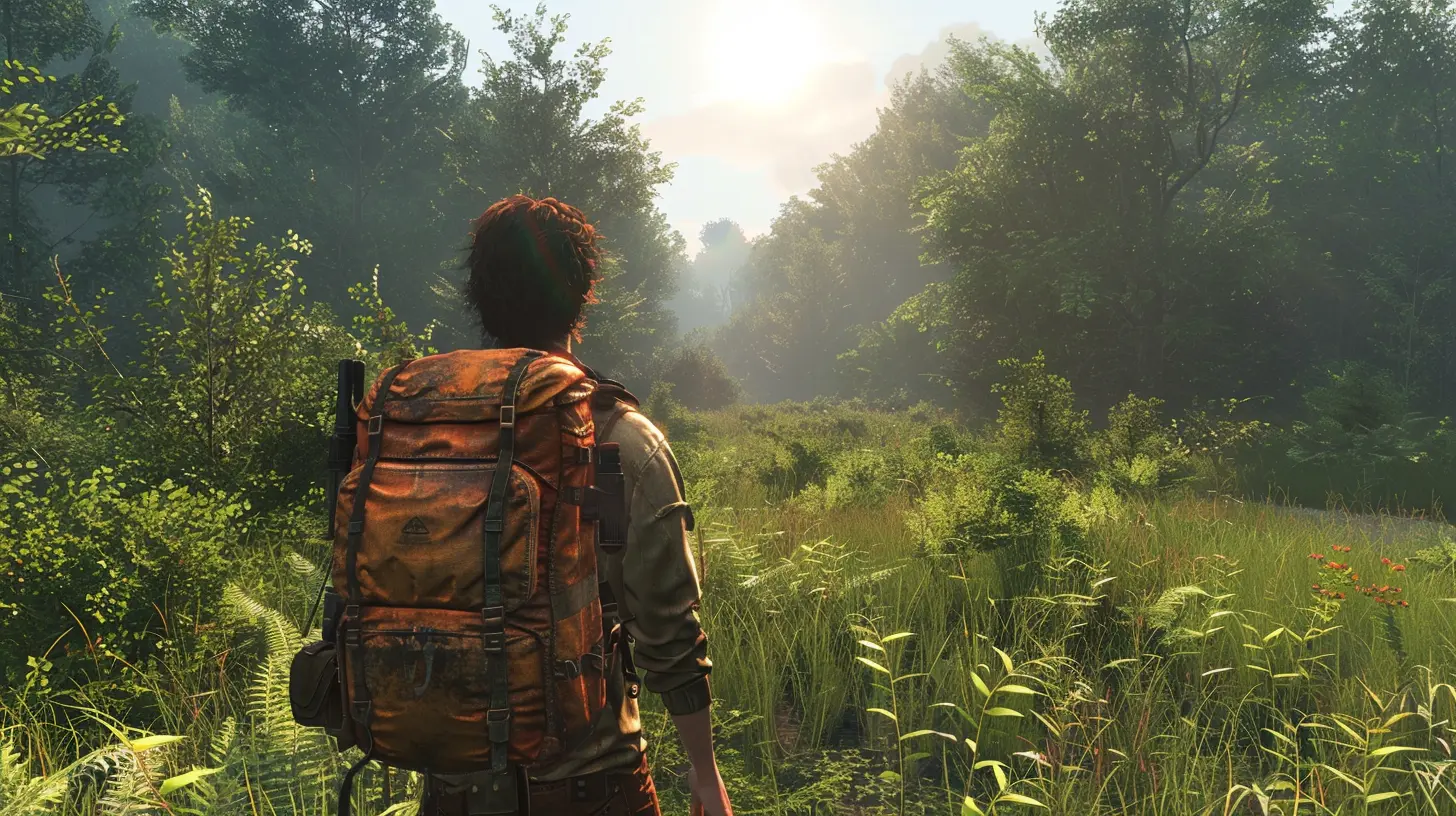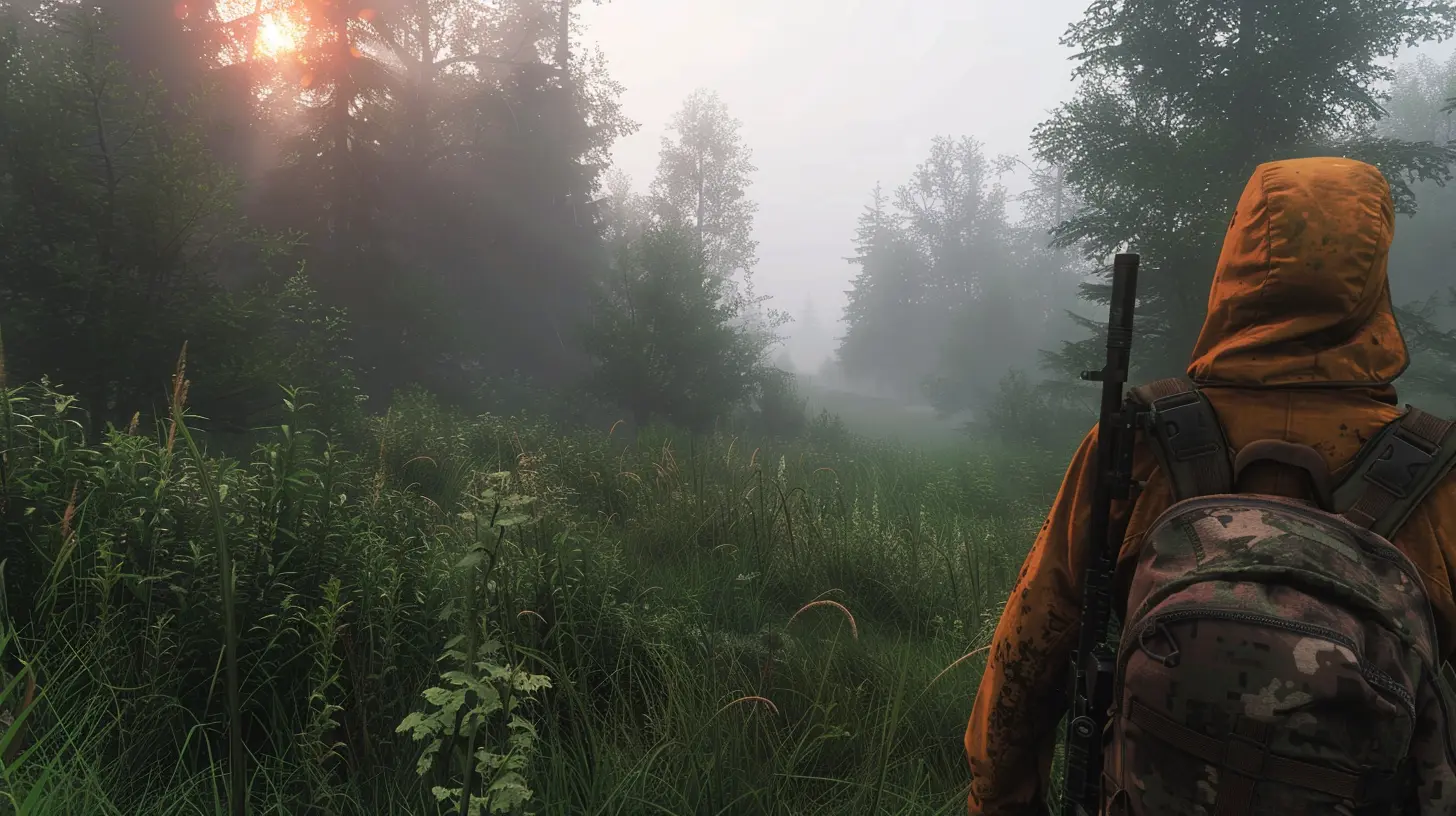Mastering the Art of Foraging in Survival Games
15 November 2025
Survival games are all about grit, strategy, and adaptability, but let's be honest—if you can't find food or resources, you're pretty much toast. Whether you're braving the zombie-ridden wastelands of "DayZ," surviving the prehistoric chaos of "ARK: Survival Evolved," or struggling through the eerie wilds of "The Forest," one skill reigns supreme: foraging. Seriously, if you’re not scavenging efficiently, you’re as good as dead.
So, let’s talk about foraging. What does it take to become a full-fledged foraging pro in survival games? How do you identify the good stuff, avoid the bad, and make the most of what you find? Stick around because we’re diving headfirst into mastering the art of foraging. Warning: This guide might just save your (virtual) life.
Why Is Foraging So Important in Survival Games?
You ever run out of food mid-game and think, “This is fine,” only to watch your health bar nosedive faster than your hopes of winning? Yeah, we’ve all been there. Foraging is the cornerstone of survival in most of these games. It’s not just about keeping your hunger in check, though—that’s just one piece of the puzzle.Foraging gives you access to essential resources like food (obviously), crafting materials, medicines, and sometimes even tools or weapons. Think of it as the lifeline between surviving the night or respawning miserably. Master it, and you’ll play smarter, not harder.
And let’s not forget how foraging ties into the bigger picture of survival mechanics. You’re not just aimlessly wandering around grabbing berries or mushrooms—far from it. Resource management, map knowledge, and timing all play crucial roles. But before we get too philosophical, let’s get down to the nitty-gritty.
The Forager's Mentality: Preparation is Everything
Before you even step out of your makeshift shelter or gather your first twig, you need the right mindset. Foraging isn’t just about grabbing whatever looks shiny and edible; it’s about planning ahead and staying alert.Here’s the deal:
1. Study the Map: Most survival games feature some kind of map or recognizable landmarks. Learn the terrain. Is there a forest nearby? A river? A desert? Certain environments will have specific resources. For instance, forests are usually brimming with berries, mushrooms, and herbs, while rivers might offer fish or freshwater plants. (Pro Tip: If the game has a "safe spot," make that your foraging HQ.)
2. Know What You Need: Don’t waste time picking up random junk. Inventory space is usually limited, so prioritize essentials like food, water, and crafting materials. Got a crafting recipe that calls for a rare herb? Keep your eyes peeled for it.
3. Equip Yourself Properly: Some games let you use tools to forage more efficiently—like sickles for plants or pickaxes for minerals. Don’t leave home without them! Also, if predators are a concern (looking at you, "ARK" players), bring a weapon or two. Let’s not turn foraging into your last expedition.
Foraging 101: Recognizing Resources in the Wild
So, what are you even looking for? Well, this depends a lot on the game you're playing, but some principles apply universally. Got your notepad ready? Let’s break it down.1. Edibles: Food, Glorious Food
- Berries and Fruits: These are usually low-risk, easy-to-find food sources. However, not all berries are created equal. Some will replenish your energy, while others might, uh, poison you. Check if the game has a “taste test” mechanic, or just do a little trial-and-error. (Pro Tip: If a berry's description says something cryptic like "strange taste," maybe don’t eat it.)- Mushrooms: Some games treat mushrooms as the ultimate wild card. They can heal you, kill you, or even give you temporary buffs. Always read the descriptions or test them carefully.
- Fishing and Hunting Opportunities: Foraging isn’t restricted to plants. Riverside areas = free fish. And hey, if your game lets you trap animals, now’s the time to channel your inner Bear Grylls.
2. Medicinal Plants
Ever been critically injured, bleeding out, and suddenly remembered you ignored all those herbs earlier? Yeah, same. Medicinal plants can save you when your health is circling the drain. Games like "The Long Dark" or "Green Hell" emphasize the importance of finding things like bandage-ready plants or anti-poison herbs. Memorize their appearance and locations.3. Crafting Materials
- Wood, Sticks, and Fibers: These are the bread and butter of crafting. Whether you’re making arrows, shelters, or tools, you’ll need to gather these constantly. Pro tip: Don’t hoard more than you need. They’re usually easy to find.- Rocks and Minerals: Some games have a progression system where you start with basic tools and move up to metal-based gear. Start small with stones, then move toward rare metals like iron or obsidian.

Advanced Strategies for Foraging Like a Pro
Once you've nailed the basics, it’s time to level up. Foraging isn’t just about wandering around; it’s a skill you can refine over time. Here are some advanced tips that’ll set you apart from the casual players.1. Time Management is Key
Resources often regenerate, but that doesn’t mean they’re infinite. Plan your foraging trips wisely. For example, daylight is your best friend. Venturing out at night increases the chances of walking into danger (or worse, an ambush). In some games, resources are season-dependent, so stock up during abundant periods.2. Create Routes and Loops
Let’s talk efficiency. Instead of zigzagging aimlessly through an area, develop a foraging route. Find spots that consistently provide high-value resources and turn them into loops. By the time you return to the starting point, resources might've respawned. It’s like having a personal farming simulator.3. Inventory Management: Less is More
Nobody likes running out of space mid-forage. It’s like going to a buffet with a tiny plate—it’s frustrating. Ditch non-essential items before leaving your base. Oh, and organize your inventory. Yes, it’s tedious, but when you’re being chased by a monster or another player, the last thing you want is to scroll past mushrooms trying to find bandages.4. Avoid Greed: Know When to Go Back
I get it—you want just one more mushroom before heading back. But pushing your luck is how you end up with no resources AND an empty health bar. As soon as your inventory is full, or things start getting dicey, head home. The wilds will still be there tomorrow.Common Foraging Mistakes (And How to Avoid Them)
No shade, but you’re probably making at least one of these rookie mistakes:- Ignoring Your Surroundings: Stop hyper-focusing on that one plant you’ve been searching for. You might miss something even better—or worse, a predator sneaking up on you.
- Eating Without Thinking: Does the game let you eat directly from your inventory? Cool. Do not abuse that mechanic without reading item descriptions first. Poison sucks, folks.
- Over-Foraging: Yeah, it’s a thing. Deplete your local resources too quickly, and you might end up with a barren wasteland. Sustainable gameplay, people!
Game-Specific Foraging Tips: Tailoring Strategies to Popular Titles
While the broad strategies above apply to most survival games, some titles demand unique approaches. Let’s take a quick look."ARK: Survival Evolved"
- Use dinos! Certain tamed creatures, like the Therizinosaurus or Triceratops, are foraging machines.- Don’t neglect underwater foraging—pearls and oil are game-changers.
"The Forest"
- Blueberries are good; twinberries are bad. Commit that to memory.- Foraging near campsites often yields useful but risky rewards. Approach cautiously.
"Minecraft"
- Early-game foraging? Punch trees, grab seeds, and hoard mushrooms.- Bonus tip: Almost every biome offers unique foraging opportunities—deserts have cacti, while jungles might hide cocoa beans or melons.
The Zen of Foraging: Why It’s More Than Just Survival
Okay, hear me out: Foraging isn’t just a survival mechanic. It’s kind of therapeutic, right? There’s something satisfying about combing through the landscape for hidden treasures. It’s like being on a scavenger hunt, except the stakes are your digital life.And honestly, it’s a reminder of something deeper. Even in a virtual world, foraging connects you to nature (well, pixelated nature). It encourages you to slow down, observe your surroundings, and appreciate the small details. Pretty cool for what’s essentially picking up pretend plants, huh?
Conclusion
Mastering the art of foraging is a game-changing skill (pun totally intended). It’s not just about grabbing food to survive another day—it’s about playing smarter, managing resources, and getting the most from the world around you. So the next time you’re booting up your favorite survival game, don’t just rush out with an empty stomach and a vague plan. Get strategic, stay sharp, and who knows? You might just outlast everyone else.Now, go fill that inventory with something useful—but maybe leave the poisonous mushrooms alone, yeah?
all images in this post were generated using AI tools
Category:
Survival GamesAuthor:

Tina Fisher

